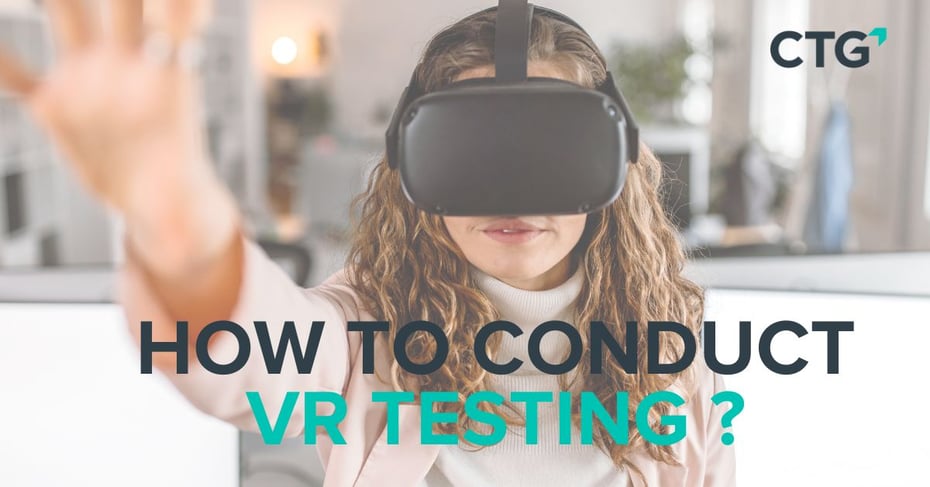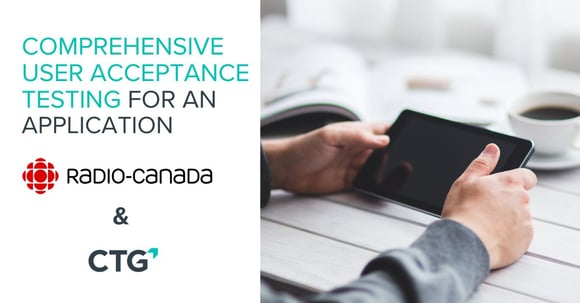Virtual Reality (VR) is a digitally generated environment, offering complete immersion through specialized software. Essential to this immersive experience are two primary physical components: headsets and a computing device, be it a computer, console, or mobile phone.
VR Testing methodology
In the world of virtual reality (VR) testing, Quality Assurance (QA) specialists possess a formidable set of skills and resources. Their expertise extends beyond configurations, encompassing a deep understanding of hardware-software dynamics. They have access to a range of configurations necessary for effectively planning and crafting appropriate test cases.
As VR relies heavily on technical specifications and application design, QA specialists ensure quality, shaping the future of immersive technology. Headsets and devices of a technical nature are utilized to create virtual reality experiences.
The performance of a VR device relies on the specific application it must accommodate and the specifications of the PC, console, or smartphone driving it. This encompasses comfort considerations, optimal PC specifications, and evaluations of various headset brands and accompanying accessories.
Test Cases
Creating test cases and ensuring coverage is essential in VR testing, as they facilitate a thorough assessment of applications. Clear and precise test cases enable early issue detection, guaranteeing adherence to high-quality standards and delivering a seamless user experience. Furthermore, they ensure compliance with industry standards, promoting continuous improvement and refinement of VR applications to optimize performance and user satisfaction.
How to conduct VR testing?
- Validate the performance of diverse user pathways within the application.
- Assess for unforeseen behaviors and boundary scenarios to ensure comprehensive test coverage.
- Evaluate user interactions with the VR interface, encompassing navigation across different areas within the application.
- Confirm the proper functionality of all features without encountering unexpected behaviors or errors.
- Guarantee that the VR experience remains unaffected by real-world disruptions or external factors.
Thorough documentation of anomalies through a bug tracker aids developers in rectification. Any inconveniences encountered are linked to application issues, emphasizing the testing goal of quality assessment.
Evaluating the user's initial perception of the new environment is crucial: What visuals and sensations does the user encounter? It's essential to acknowledge the potential for physical discomfort among participants. Facilitate exploratory testing to empower testers to independently navigate the virtual environment and report encountered bugs.
In conclusion, VR testing is a vital aspect of software quality assurance. QA specialists ensure optimal VR experiences by validating user pathways, adhering to industry standards, and employing thorough testing protocols. Their commitment to continuous improvement drives innovation and excellence in this evolving virtual landscape.



